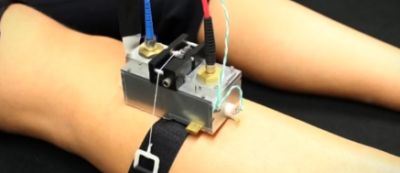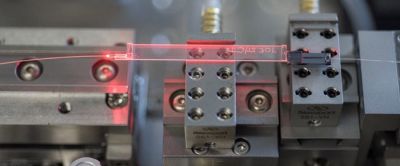 (Image credit: Stanford University)
(Image credit: Stanford University)
- Written by Stanford News
Stanford launches major effort to expedite vaccine discovery with $50 million grant
Featured Stanford University today announced that it has received a grant from the Bill & Melinda Gates Foundation to accelerate efforts in vaccine development. The $50 million grant over 10 years will build on existing technology developed at Stanford and housed in the Human Immune Monitoring Core, and will establish the Stanford Human Systems Immunology Center. The center aims to better understand how the immune…
Read more...




